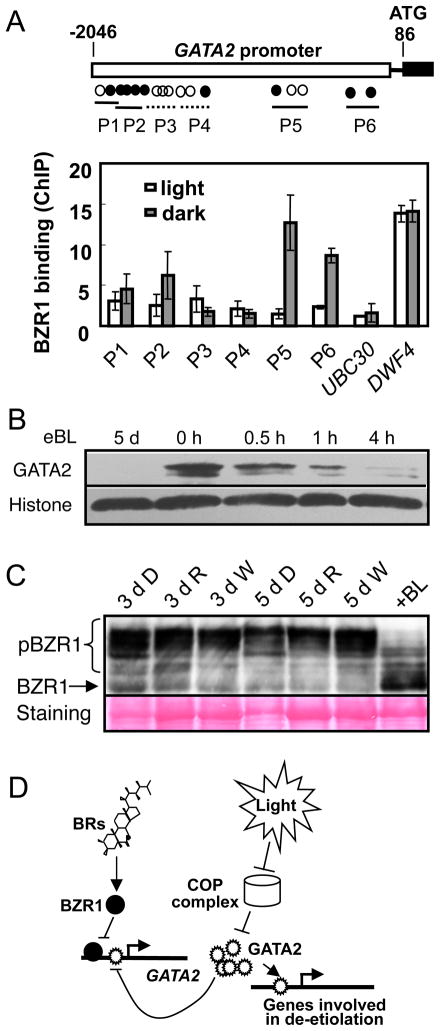Figure 6. BR represses GATA2 transcriptional level through BZR1 direct binding to its promoter.
(A) ChIP-qPCR assays of BZR1 binding to the GATA2 promoter. The pBZR1::BZR1-CFP and 35S::GFP transgenic Arabidopsis seedlings grown in dark or light for 5 days were used in ChIP using anti-GFP antibody. The upper panel shows a diagram depicting the putative promoter (open box), 5′UTR (black line) and the first exon (black box) of the GATA2 gene. Open and black circles indicate the positions of putative E-box and BRRE motifs, respectively. Thin lines marked P1 to P6 show BZR1-binding (solid) and nonbinding (dashed) regions analyzed by qPCR. The lower panel shows the quantitative PCR data for enrichment as ratio between BZR1-CFP and 35S-GFP normalized to the CNX5 control gene. Error bars indicate SD. (B) Immunoblot analysis shows BR repression of GATA2 accumulation. The det2 seedlings were grown in the dark on medium with 100 nM 24-epibrassinolide (eBL) for 5 days, or grown without eBL for 5 days and then treated with 10 μM eBL for 0 to 4 hours. The level of Histone H3 was used as a loading control. (C) Light does not have a significant effect on BZR1 phosphorylation status. Phosphorylated (pBZR1) and unphosphorylated (BZR1) BZR1 were analyzed by immunoblotting using an anti-BZR1 antibody in Arabidopsis seedlings grown in dark (D), under red (R) or white (W) light for three (3 d) or five days (5 d). Seedlings grown in white light for five days were treated with 100 nM brassinolide (+BL) for 30 min. The gel blot was stained with Ponceau S to show protein loading (the Rubisco major band is weaker in dark-grown samples). (D) A model for GATA2 function in BR- and light-regulation of photomorphogenesis. In the dark, the BR-activated BZR1 directly represses GATA2 transcription and COP1 promotes GATA2 ubiquitination and degradation, ensuring a low GATA2 level for etiolation/skotomorphogenesis. In the presence of light, COP1 is inactivated and the GATA2 protein accumulates to a high level to promote photomorphogenesis through binding to target genes. The GATA2 protein also feedback inhibits its own transcription by directly binding to its promoter, potentially desensitizing the system upon light-induced accumulation of GATA2 protein. When BR levels are low, reduced BZR1 activity leads to overexpression of GATA2, which promotes photomorphogenesis.

